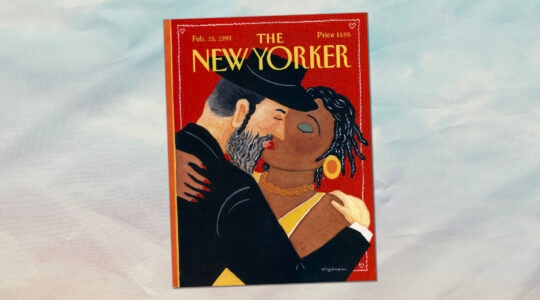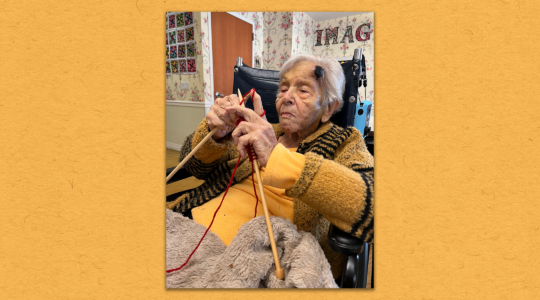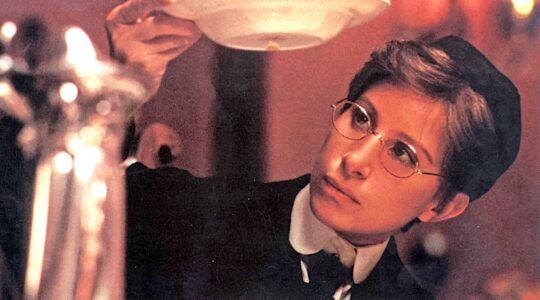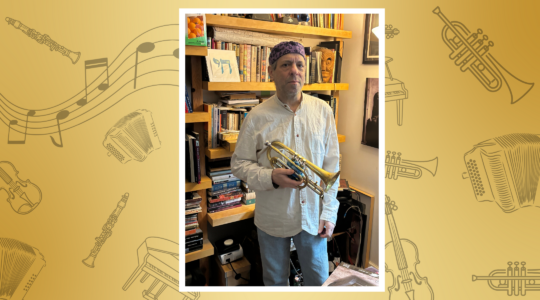It’s a facile analogy, Nina Bassat acknowledges, but in Australian shorthand, Sydney is the country’s San Francisco; Melbourne is its Los Angeles.
A sunny, sprawling cosmopolis on one edge of the world, Melbourne at first glance has quite a lot in common with L.A., explained Bassat, president of the Jewish Community Council of Victoria, the state of which Melbourne is capital.
Both are New World cities where houses, not apartment blocks, long predominated, leading to a spread-out, sky’s-the-limit expansiveness. Both are hot and dry, with hot afternoons giving way to cool desert nights. “It’s Los Angeles with better transport,” Bassat joked.
But seen in another light, Melbourne might actually be the St. Petersburg to Sydney’s Moscow. The southernmost mainland city is Australia’s cultural capital — older, more settled and more European in architecture. Formality is a relative concept in notoriously casual Down Under (another way it resembles California), but Melbourne is the more buttoned-down of the two major burgs, with an elegant dining scene and a solidity born of tradition.
“Shtetl by the Yarra” is the nickname many Melbourne Jews give their town — a reference not only to the river on which it sits but also to the tight-knit, tradition-bound Jewish community. That population now numbers more than 60,000 in a city of four and a half million.
While not necessarily strict in observance, a majority of Melbourne Jews affiliate with Orthodox synagogues and send their children to one of the city’s eight day schools. Most families still cluster in the historically Jewish southeast, though a younger generation is rediscovering the inner city, moving further out for affordable housing. In a city of grand old temples, these young Melbournians are complementing the scene with intimate neighborhood minyanim.
Old and young, Melbourne Jews are “extraordinarily Israel-centric,” according to Bassat, with 80 percent self-identifying as Zionists in a recent survey. “There’s almost nobody here who doesn’t have family in Israel.” The multiethnic community, like Australia itself, has been shaped by successive waves of immigration: first the Anglo-Saxons, then post-Shoah Europeans (the largest such group outside Israel, said Bassat), those from the former Soviet Union, South Africans and lately Israelis.
Despite this cosmopolitanism, Melbourne isn’t as well-known a destination as it ought to be among Americans. It seems out of reach in so many ways: far off the Western cultural radar, hugely ambitious to get to, and flat-out pricey — both en route and once you’re there, due to the strong Australian dollar.
But those who go usually come back gushing. The people are so friendly! The climate, so perfect! And the food: Melbourne is known as a city of passionate diners, with European techniques meeting Asian flavors, and cultural influences as diverse as its polyglot residents. Kosher food is plentiful — and the food part is taken as seriously as the kosher part.
Coffee is a local obsession, with a cup of strong java seemingly the de rigueur street accessory. Not surprisingly, Melbournians rhapsodize about their café culture. The scene at Glick’s Cakes and Bagels, a popular kosher place with branches around the city, reaches near-frenzy on Fridays as patrons fight for a challah. The original location on Carlisle Street is “an absolute institution,” in Bassat’s words.
Carlisle, the heart of the southeastern suburb of Balaclava, is peppered with kosher businesses. It’s a short hop to the Jewish Museum of Australia, which tells the story of Down Under Jewry in bright, modern galleries.
The museum organizes tours of several nearby synagogues with historic significance, including the neighboring St. Kilda Shule. Recently designated a heritage landmark, the 142-year-old synagogue has shepherded generations of congregants through wars, depressions and waves of immigration; its “enlightened, welcoming general Orthodox approach,” in the words of its mission statement, is typical of the community.
The easiest synagogue for travelers staying downtown is the East Melbourne Hebrew Congregation, also known as the Melbourne City Synagogue (many shuls have multiple nicknames). The only temple in the city center is also a historic landmark, worth a visit for its classical architecture as much for the Modern Orthodox services. Those visiting in December can catch one of several public Chanukah lightings on the steps of nearby Parliament House and elsewhere downtown.
Melbourne’s oldest house of worship is a domed, white-columned edifice officially called the Melbourne Hebrew Congregation. Among locals, it’s referred to as the Toorak Shule or the Cathedral Synagogue — the former a reference to its location on Toorak Road, the latter to its appearance, which recalls the White House from without and the Metropolitan Opera House from within. It’s a block away from another popular sight: the Shrine of Remembrance, a memorial-museum dedicated to those lost in Australia’s wars.
If you only go to one museum, though, make it the Jewish Holocaust Centre. The city’s huge survivor community founded and continues to maintain the Centre, giving it a personal angle uncommon among Shoah memorials.
How much longer will guides be available to tell personal stories of wartime Poland, or show off family photographs on the museum walls? For now, this is unquestionably what makes the Centre a singular experience — that and the lesser-known Australian angle (the collective Australian Aboriginal protest to the German government after Kristallnacht, for example).
There’s no doubt that remembrance runs strong in this city — but while it cherishes heritage, Melbourne constantly seeks to reinvent itself.
Hence the public fascination with Federation Square, a civic development project on a sandy swath near the central business district. City officials had long schemed to revitalize the area; the resulting construction, an eye-catching structure that resembles huge shards of glass, has locals divided over whether it’s brilliant or an eyesore.
Part of the National Gallery, a brand-now amphitheatre, and a riverside park are among the square’s attractions, giving Melbournians a tangible connection to their waterfront.
Sure, Federation Square regularly turns up on lists of the world’s ugliest buildings. But in a city of roadways and suburban neighborhoods, those sun-glinting shards — along with wifi, book markets and a sprawling plaza — keep things lively in this Shtetl by the Yarra.
The New York Jewish Week brings you the stories behind the headlines, keeping you connected to Jewish life in New York. Help sustain the reporting you trust by donating today.




